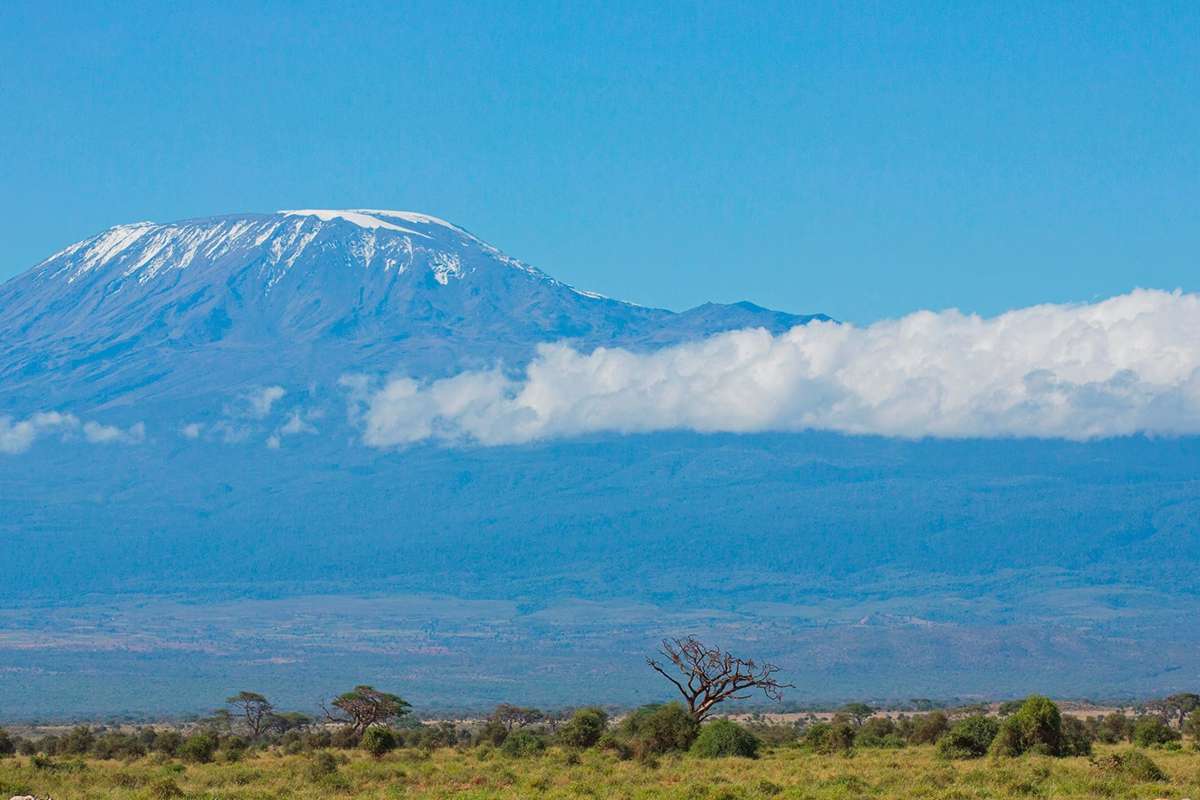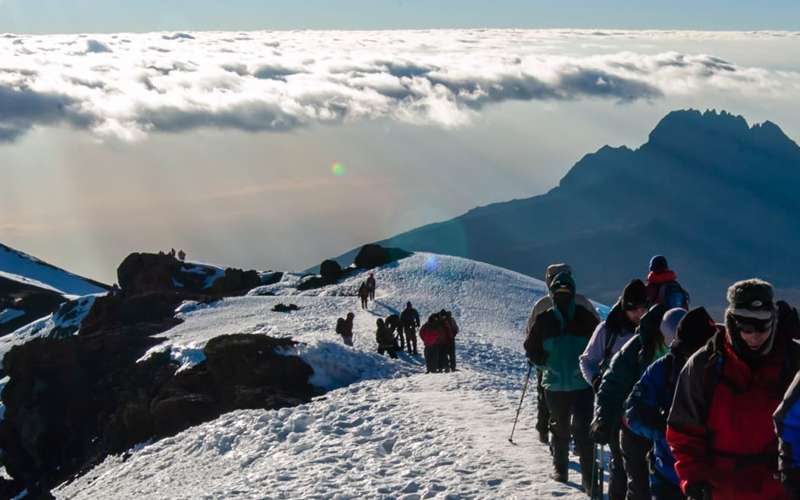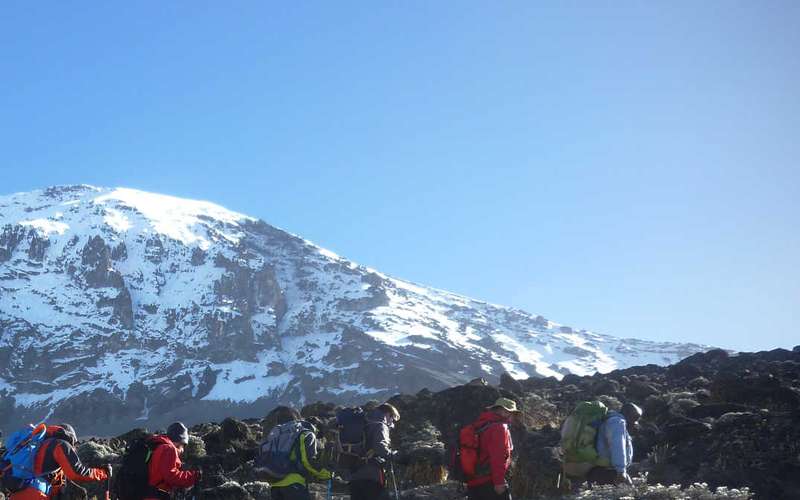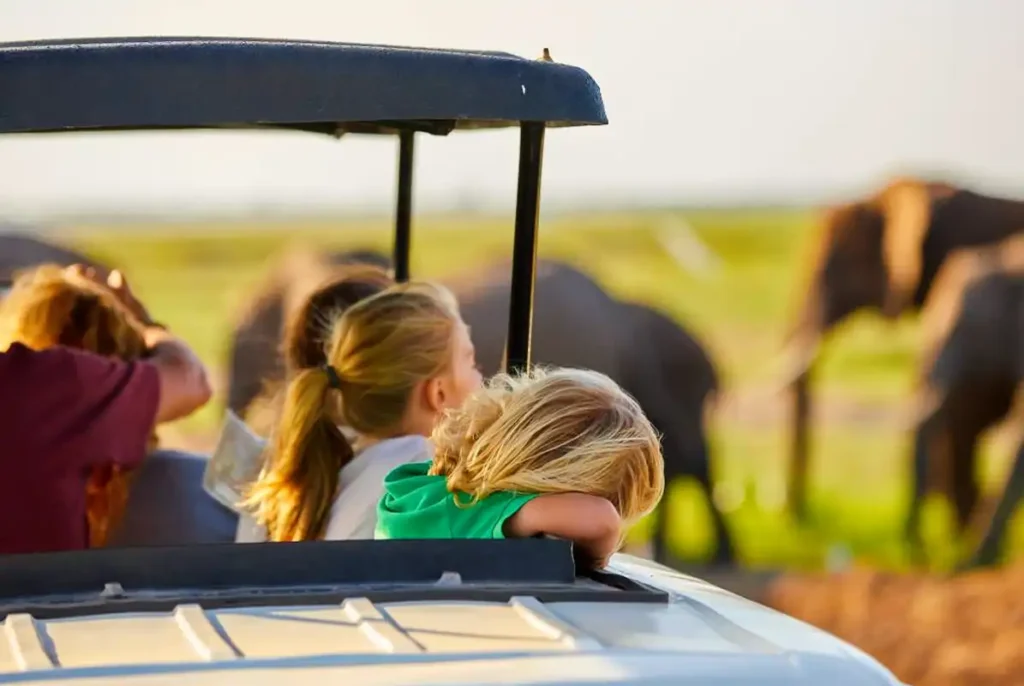Mount Kilimanjaro, the roof of Africa, continues to be a dream destination for climbers in 2024. Known for its towering summit and stunning landscapes, this dormant volcano draws thousands of trekkers from across the globe each year. However, as more travelers take on this epic challenge, it’s important to understand the unique factors that could influence your climb in 2024. From updated weather patterns and new route recommendations to crucial advice on dealing with altitude sickness, this guide will help you prepare for the adventure of a lifetime. Whether you’re a first-time hiker or an experienced mountaineer, we’ve got you covered.
What Climbers Should Know in 2024
1. Understanding Kilimanjaro’s Routes in 2024: Which One Is Right for You?
Choosing the right route up Kilimanjaro can make or break your experience. In 2024, some routes have become more popular due to new infrastructure and improved trail conditions, while others remain less traveled for those seeking solitude. Here’s a breakdown of the main routes and what to expect:
- Machame Route (“Whiskey Route”)
- Duration: 6-7 days
- Difficulty: Moderate to Difficult
- Why Choose It? Known for its scenic beauty, the Machame Route offers stunning views of the rainforest, Shira Plateau, and Barranco Wall. It’s a challenging but rewarding route, with a higher success rate due to better acclimatization opportunities.
- Marangu Route (“Coca-Cola Route”)
- Duration: 5-6 days
- Difficulty: Moderate
- Why Choose It? This is the only route with hut accommodations, making it a popular choice for those who want to avoid camping. It’s considered one of the easier routes, but the shorter ascent time often results in lower summit success rates due to limited acclimatization.
- Lemosho Route
- Duration: 7-8 days
- Difficulty: Moderate
- Why Choose It? Offering the best balance between scenic beauty, fewer crowds, and a gradual ascent, Lemosho is perfect for climbers who want a quieter, more immersive trek. It joins the Machame Route at higher elevations, combining the best of both worlds.
- Rongai Route
- Duration: 6-7 days
- Difficulty: Moderate
- Why Choose It? The only route that approaches Kilimanjaro from the north, Rongai is less popular but offers a more remote, wilderness experience. It’s drier than the southern routes, making it a good option during the rainy season.
- Northern Circuit
- Duration: 8-9 days
- Difficulty: Moderate to Challenging
- Why Choose It? Known for its excellent acclimatization profile, the Northern Circuit is the longest route but has the highest success rate. It’s perfect for those who have the time and want a more gradual climb with incredible panoramic views.
2. Weather and Climate Trends: What to Expect in 2024
One of the biggest factors that can affect your Kilimanjaro experience is the weather. Tanzania’s weather is largely influenced by two main seasons: the dry season and the rainy season. However, climate change has made weather patterns more unpredictable, making it even more important to pick the right time to trek in 2024.
- Best Time to Climb:
The best months to trek Kilimanjaro are during the dry seasons:- January to mid-March: These months are colder but typically clearer, with less chance of rain. They’re perfect if you want to avoid crowds.
- June to October: This is the busiest trekking season due to the pleasant weather. However, it can get crowded, especially on popular routes like Machame and Marangu.
- Rainy Seasons to Avoid:
- Mid-March to May: The long rains can make trails slippery and difficult to navigate.
- November to December: The short rains tend to be lighter, but they can still make camping uncomfortable, and views may be obscured by clouds.
In 2024, with the growing unpredictability of weather due to global climate changes, it’s essential to monitor weather reports and choose gear that can handle sudden shifts in conditions.
3. Acclimatization and Altitude Sickness: How to Stay Safe
Altitude sickness is a significant concern for anyone climbing Kilimanjaro, with nearly 50% of climbers experiencing symptoms at some point during their ascent. To increase your chances of reaching Uhuru Peak, understanding how to acclimatize properly is key.
- Take It Slow: The longer you take to climb, the better your body will adjust to the altitude. Opt for routes with more days built in for acclimatization, like the Lemosho Route or the Northern Circuit.
- Follow the “Pole Pole” Rule: In Swahili, “pole pole” means “slowly, slowly.” Don’t rush your climb. It’s not about speed; it’s about giving your body time to adjust to the thinning air.
- Stay Hydrated and Eat Well: Drinking plenty of water (at least 3-4 liters a day) and eating regular, nutritious meals will help your body fight the effects of altitude.
- Watch for Symptoms: Common signs of altitude sickness include headaches, dizziness, nausea, and loss of appetite. If symptoms worsen, descend immediately—don’t risk your health by pushing further.
- Consider Medication: Some climbers choose to take medications like Diamox (acetazolamide) to help prevent altitude sickness. Consult your doctor before your trip to see if this is a suitable option for you.
4. Gear and Packing Tips for 2024 Climbers
Bringing the right gear can make or break your Kilimanjaro trek. In 2024, unpredictable weather means packing for all conditions is essential.
- Clothing:
- Layer Up: Use the layering system—a moisture-wicking base layer, an insulating middle layer, and a waterproof outer shell. This will allow you to adjust to changing temperatures throughout the day.
- Warm Jacket: Nighttime temperatures can drop well below freezing, especially at higher altitudes. A high-quality down or synthetic jacket is essential for keeping warm.
- Waterproof Gear: Always pack a waterproof jacket and pants, even if you’re trekking in the dry season. Weather on Kilimanjaro can be unpredictable.
- Footwear:
- Sturdy Hiking Boots: Your boots should be well broken in and offer good ankle support. Kilimanjaro’s rocky and uneven terrain requires reliable footwear.
- Gaiters: These are essential to protect your legs from mud, rocks, and snow as you ascend.
- Sleeping Gear:
- Four-Season Sleeping Bag: Temperatures can plummet, especially at the higher camps. A sleeping bag rated for -10°C (14°F) or colder is recommended.
- Trekking Poles: These will help relieve pressure on your knees during steep descents and provide balance on uneven ground.
5. Permits, Regulations, and Health Precautions in 2024
In 2024, Tanzania made some updates to trekking regulations and health requirements for those climbing Mount Kilimanjaro. Here are some important details to keep in mind:
- Permits and Fees:
Every climber must obtain a trekking permit. These are typically arranged by your tour operator and are included in your package cost. Park fees have remained steady for 2024, but it’s essential to verify the latest costs with your operator. - Health and Vaccinations:
- COVID-19 Requirements: As of 2024, Tanzania continues to monitor the global COVID-19 situation. It’s advised to stay updated on vaccination and testing requirements before traveling.
- Yellow Fever: Tanzania requires proof of yellow fever vaccination if you’re arriving from a country where the disease is present. Ensure your vaccinations are up-to-date before departure.
- Porter Welfare:
Tanzania has introduced stricter regulations to protect porters, who are the backbone of any Kilimanjaro expedition. Ensure that your chosen tour operator adheres to ethical guidelines, including fair wages and proper porter care.
FAQs
Q1: What’s the best route for beginners in 2024?
The Marangu Route is often recommended for beginners due to its shorter duration and the availability of hut accommodations. However, the Lemosho Route offers better acclimatization and stunning scenery, making it a top choice for first-time climbers looking for a more gradual ascent.
Q2: How long does it take to climb Mount Kilimanjaro in 2024?
The average climb lasts between 5 to 9 days, depending on the route. For the best chance of reaching the summit, aim for a route that offers at least 7 days to allow for proper acclimatization.
Q3: What are the success rates for Kilimanjaro climbs?
Routes that offer longer trekking times, like the Northern Circuit and Lemosho, have success rates of around 90%. Shorter routes, like Marangu, have lower success rates of 50-60% due to rapid altitude gain.
Trekking Mount Kilimanjaro in 2024 promises to be an unforgettable experience, but preparation is key to making it a successful and safe adventure. By choosing the right route, acclimatizing properly, packing the right gear, and understanding the latest regulations, you’ll be well on your way to conquering the Roof of Africa. So, what are you waiting for? Start planning your epic journey today!
Prepare for Your Kilimanjaro Climb!
Check out our pages for essential information on:
Visit our website for everything you need to ensure a successful ascent!





